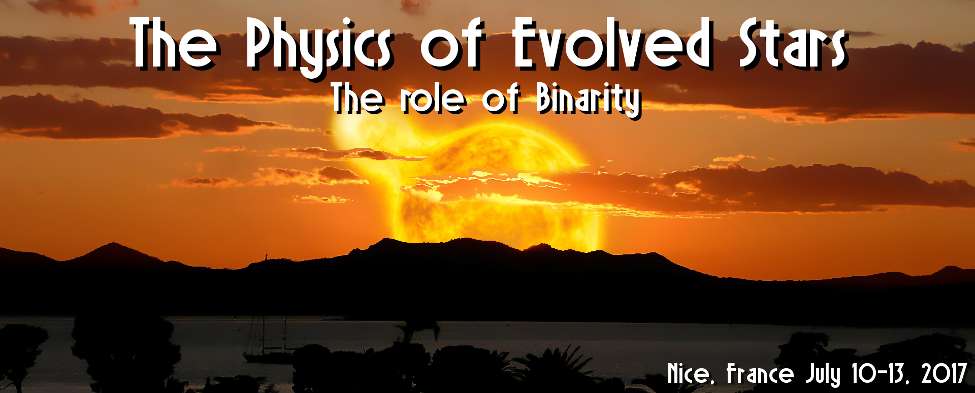We are carrying out a long-term radial velocity study of seven bright proto-planetary nebulae (PPNe) that possess bipolar or ellipsoidal nebulae. The most popular explanation of the shaping mechanism attributes it to the interaction of a binary companion. However, none of the seven show clear evidence of variability due to binarity. All are found to vary in velocity, but this is dominated by pulsation, which complicates the analysis. Based on the properties of their circumstellar envelopes, these objects have been classified as “shell” sources, as distinct from “disc” sources studied by Van Winckel and collaborators. The “disc” sources are also pulsating post-AGB objects, but are found to be binaries (P=120-1500 days) surrounded by a circumbinary disc. These two classes of post-AGB objects clearly have different progenitors, with any binary companions to the PPNe “shell” sources being of much longer period or much smaller mass. These results set significant limits on the properties of any such PPNe binary companions and raise questions as to their ability to shape the nebulae.

|
|
|
|
The Search for Binaries as Shapers of Proto-Planetary Nebulae
1 : Valparaiso University
(VU)
Dept. of Physics & Astronomy, Valparaiso University Valparaiso, IN 46383, USA -
United States
2 : KU Leuven
Instituut voor Sterrenkunde, Celestijnenlaan 200D bus 2401, B-3001 Leuven -
Belgium
3 : Royal Observatory of Belgium
(ROB)
Ringlaan 3 1180 Brussels -
Belgium
|
| Online user: 1 | RSS Feed |

|
 PDF version
PDF version